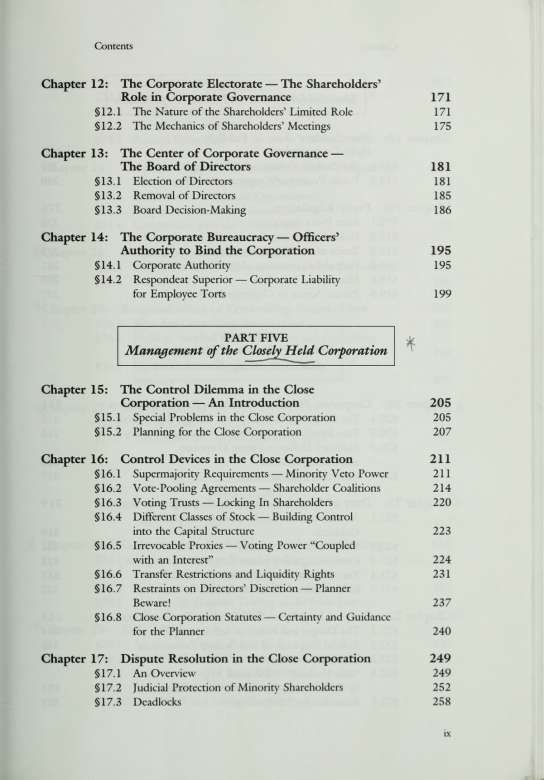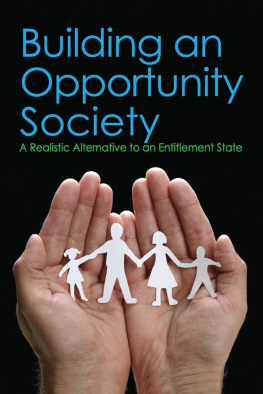Lewis D. Solomon - Corporations
Here you can read online Lewis D. Solomon - Corporations full text of the book (entire story) in english for free. Download pdf and epub, get meaning, cover and reviews about this ebook. year: 1994, publisher: Little, Brown, genre: Science / Business. Description of the work, (preface) as well as reviews are available. Best literature library LitArk.com created for fans of good reading and offers a wide selection of genres:
Romance novel
Science fiction
Adventure
Detective
Science
History
Home and family
Prose
Art
Politics
Computer
Non-fiction
Religion
Business
Children
Humor
Choose a favorite category and find really read worthwhile books. Enjoy immersion in the world of imagination, feel the emotions of the characters or learn something new for yourself, make an fascinating discovery.
- Book:Corporations
- Author:
- Publisher:Little, Brown
- Genre:
- Year:1994
- Rating:5 / 5
- Favourites:Add to favourites
- Your mark:
- 100
- 1
- 2
- 3
- 4
- 5
Corporations: summary, description and annotation
We offer to read an annotation, description, summary or preface (depends on what the author of the book "Corporations" wrote himself). If you haven't found the necessary information about the book — write in the comments, we will try to find it.
Corporations — read online for free the complete book (whole text) full work
Below is the text of the book, divided by pages. System saving the place of the last page read, allows you to conveniently read the book "Corporations" online for free, without having to search again every time where you left off. Put a bookmark, and you can go to the page where you finished reading at any time.
Font size:
Interval:
Bookmark:

This book made available by the Internet Archive.




To our families, who in their own ways continue to labor with us







Preface
For many students corporate law is a cold, uninviting mystery. Notions such as debt/equity ratios, stock markets, bylaws, leveraged buyouts, and cumulative preferred stock cause many to freeze.
In addition to its unfamiliar business setting, corporate law presents a jumble of topics from the first year of law school some civil procedure, a good dose of contracts and agency, tort concepts in the form of fiduciary rules, a bit of constitutional and property law, and even some criminal law. The methods of analysis are equally varied pervasive statutory interpretation, heavy case synthesis, moderate regulatory analysis, and goodly policy debates.
Although the corporations casebooks increasingly show sympathy to the student's plight, they often still fail to offer a context: What problems do the statutory rules address? How do the cases fit with the statutes? What are the underlying social and business issues?
This book is meant to help students understand the workings of corporate law and the nature of the legal relationships among the corporate constituents. It covers the areas of the standard corporations and business organizations casebooks but is neither a study oudine nor a treatise.
Our purpose is to provide a context for the cases and the statutes and an opportunity for students to probe their own understanding. Textual material offers an analytical framework, and follow-up examples and explanations reinforce and illuminate the text.
Further, the book covers some topics that professors often gloss over in class, such as the ultra vires doctrine, the legal capital regime, the public offering of securities, the common law of insider trading, the disgorgement of short-swing insider profits, merger and appraisal procedures, and federal tender offer regulation.
We have strived to make the book accessible to students without a business background. Students will find that reading the relevant chapter and writing out answers to the questions, before comparing their answers to ours, will go a long way in helping prepare for class and for the exam.
Acknowledgments
We have greatly appreciated the assistance of our students in and out of class. Their questions and comments have inspired much of this book.
We owe special thanks to a cadre of Wake Forest student assistants whose research and editorial suggestions on this second edition were invaluable in particular, Anne Lee ('94), Brian McGinn ('94), and William Pleasant ('94). We also are indebted to Barbara Rappaport of Little, Brown for her excellent work in moving us through the re-editing process.
Finally, we thank the many professors who have suggested our book to their students, for their many useful comments to us, and for their kind words of encouragement.
Special Notice
To reduce the distraction of citations, the book departs from standard citation form in a number of ways:
1. Dates. References to statutory sources and SEC rules are usually undated. All such references are to compilations as of 1993, unless we give a different date.
2. State statutes. We abbreviate the citations to corporation statutes:
RMBCA 8.50 Revised Model Business Corporation Act, Section
8.50 (as approved June 1984)
Cal. Corp. 317 California Corporations Code, Section 317
Del. GCL 145 Delaware General Corporation Law, Section 145
N.Y. BCL 721 New York Business Corporation Law, Section 721
3. State cases. We cite only to the West regional reporters. An unadorned abbreviation of the state's name means the decision was by the state's highest court. For example, "493 A.2d 946 (Del. 1985)" cites to a decision of the Delaware Supreme Court; "316 A.2d 599 (Del. Ch. 1974)" cites to a decision of the Delaware Chancery Court.
4. Securities law statutes and rules. We cite only to the section numbers of the Securities Act of 1933, compiled at 15 U.S.C. 77a et seq., and the Securities Exchange Act of 1934, compiled at 15 U.S.C. 78a et seq. Likewise, we cite only to the numbers
of the rules promulgated under the 1933 Act, found at 17 C.F.R. 230 , and
under the 1934 Act, found at 17 C.F.R. 240
CORPORATIONS
Examples and Explanations
PART ONE
Introduction to Corporate Law
The Corporation An Introduction
What is a "corporation"? There are many answers, some of which you already know from your first year of law school. A corporation is a structuring device for conducting modern business. It is a framework a legal person through which a business can enter into contracts, own property, sue in court, and be sued. It is a taxable entity subject to property, sales, income, and other taxes. It can range in size from a one-person business to a multinational conglomerate. It is a capitalist invention for the pooling of capital (from shareholders and lenders), management (from executives), and other factors of production (from suppliers and employees). It is a creature of state law; its formation and existence depend on state enabling statutes.
A "corporation" is an artifice. Nobody (not even your law professor) has ever seen one. A business conducted as a corporation looks much the same as one conducted in a noncorporate form. In the end, a corporation is a construct of the law a set of legal relationships. It is what the law defines it to be.
In this chapter we consider the principal attributes and constituents of the modern business corporation, the reasons for the corporate form, the purpose and the sources of corporate law, and the status of the corporation as a "person" under the Constitution.
1.1 Basics of the Corporation
1.1.1 Four Basic Attributes
The paradigmatic corporation has four basic attributes:
Separate existence. The corporation has an independent, perpetual existence. It is an entity distinct from those who contribute capital
Ui^>0
1.1.1 Introduction to Corporate Law
Font size:
Interval:
Bookmark:
Similar books «Corporations»
Look at similar books to Corporations. We have selected literature similar in name and meaning in the hope of providing readers with more options to find new, interesting, not yet read works.
Discussion, reviews of the book Corporations and just readers' own opinions. Leave your comments, write what you think about the work, its meaning or the main characters. Specify what exactly you liked and what you didn't like, and why you think so.













